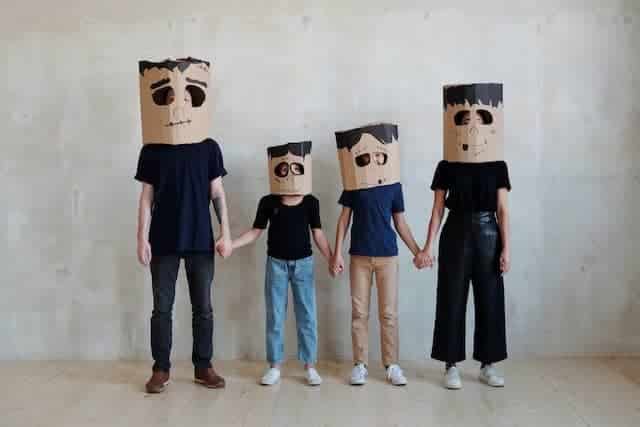Who is the real monster in Lord of the Flies? Lord of the Flies by William Golding is a novel that explores the dark side of humanity and the corrupting influence of power. The story revolves around a group of British schoolboys stranded on an uninhabited island after a plane crash. As they attempt to survive, the boys struggle to maintain order and control their savage instincts. The question arises: Who is the real monster in Lord of the Flies?
Who is the real monster in Lord of the Flies? (Answer)
The answer is in the concept of the beast. The imaginary beast that frightens all the boys is a representation of the primal instinct of savagery in all human beings. The boys are afraid of the beast, but only Simon realizes that they fear it because it exists within each of them.
Throughout the novel, the boys’ behavior becomes increasingly savage as they succumb to their inherent darkness. They become obsessed with hunting and killing, and their actions are fueled by fear, anger, and the desire for power. As the boys become more savage, the beast becomes more real to them until it becomes a physical manifestation of their own savagery.
While the beast symbolizes the boys’ primal instincts, it is not the real monster in Lord of the Flies. The real monster is the darkness within each of the boys that drives them to savagery. This darkness is evident in the boys’ actions, as they become increasingly violent and aggressive towards each other. The boys’ descent into savagery reflects the corrupting influence of power and the primal instincts that lie within all human beings.
The character of Jack represents the embodiment of this darkness. He is obsessed with power and control, and his actions are driven by his desire to dominate the other boys. As the novel progresses, he becomes increasingly violent and aggressive, and his behavior reflects the darkness within him.
In contrast, the character of Simon represents the opposite of this darkness. He is the only boy who recognizes the beast’s true nature and the darkness within himself. He symbolizes compassion and goodness, and his death represents the loss of hope and the triumph of savagery.
Who is the evil one in Lord of the Flies?
In Lord of the Flies, Jack can be seen as the embodiment of evil. As the novel progresses, Jack’s desire for power and control over the other boys becomes increasingly apparent. He manipulates their fears and exploits their vulnerabilities to form his own savage tribe. Jack’s obsession with hunting and violence leads to the descent into chaos on the island, ultimately revealing his dark and tyrannical nature.
Was there ever a beast in Lord of the Flies?
In Lord of the Flies, there was never a physical beast on the island. The idea of the beast is created by the boys’ fears and insecurities, representing the darkness and savagery that exists within each of them. It is a symbolic representation rather than a real creature.
How is the beast described in Lord of the Flies?
In Lord of the Flies, the beast is initially described as a mysterious creature lurking in the darkness of the island. It is portrayed as a supernatural entity that instills fear and paranoia among the boys. As the story progresses, however, it becomes clear that the beast is not an external monster but rather a manifestation of their own inner savagery and primal instincts. The description of the beast evolves to represent the darkness within each individual and their descent into chaos and violence.
What chapter is the beast introduced in Lord of the Flies?
The beast is introduced in Chapter 2 of Lord of the Flies, titled “Fire on the Mountain.”
Conclusion
In conclusion, the real monster in Lord of the Flies is the darkness within each of the boys that drives them to savagery. The beast is merely a symbol of this darkness, and the boys’ actions reflect their primal instincts. The novel warns about the corrupting influence of power and the dangers of succumbing to our primal instincts.
